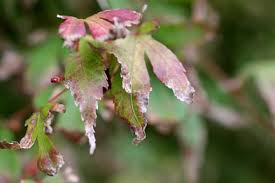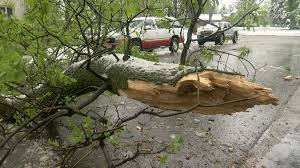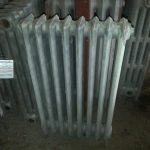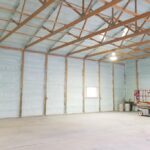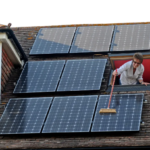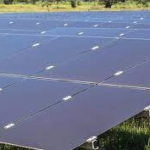We have seen some incredibly strong winds over the last few weeks in the UK with both Storm Ciara and Storm Dennis affecting many parts of the country in the month of February. The damage has affected homes, buildings and the road and rail networks. The rain has caused flooding to many parts of the midlands and those towns and villages that run along the side of the River Severn and the wind shows no sign of reducing in recent days.
Wind can cause problems with roofing tiles and many other elements on buildings, especially those that are built to a high height. These adverse weather conditions can also cause problems with trees on properties and that line the roads. In recent years there have been a number of tragedies where individuals have been killed as a result of falling branches and broken trees. When a tree is damaged by severe weather it is incredibly important that a Poole Tree Surgeon or one near to the tree location to ensure that any damaged branches are removed and the tree is made secure.
The wind can also cause leaf scorch which is why in the winter you sometimes see evergreen trees and shrubs with crispy brown leaves. The cold wind and the poorer soil conditions during this time of year result in this scorched look on the leaves. This can also occur during periods of bad weather, such as that we have seen recently that combine wind and water logged soil that occurs as result of flooding. The scorching often occurs on the side of the tree that is most exposed to the wind, this is often more prevalent when you have trees that are sheltered on one side by a wall or building.
Leaf scorch, or wind scorch as it is also known, occurs when the strong winds result in the leaves losing moisture and moisture also being lost from the soil around the plant. When the soil is dry or severely waterlogged it is harder for the plant to replace the moisture that has been lost due to the battering of the leaves by persistent wind. This then leads to the leaves becoming scorched in their appearance as they are effectively experiencing an internal dehydration process. These leaves will eventually die and fall from the tree. In very extreme cases you can find trees that lose the leaves on an entire side that has been affected by the bad weather for a prolonged period of time.

